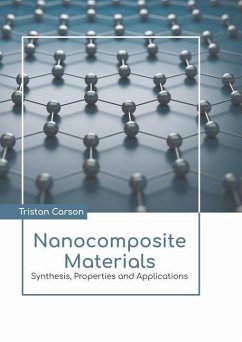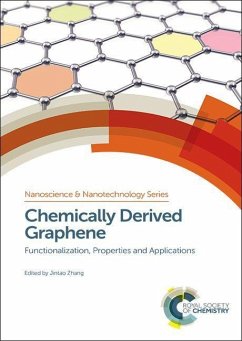
Chemistry of 2-Dimensional Materials: Beyond Graphene
Faraday Discussion 227
Versandkostenfrei!
Versandfertig in über 4 Wochen
210,99 €
inkl. MwSt.

PAYBACK Punkte
105 °P sammeln!
Graphene has extraordinary chemical and physical properties ensuring its use in opto-electronics, energy and biomedical applications. One of the greatest challenges is to develop and master chemical strategies for other 2D materials such as transition metal dichalcogenides. In nature one can find over 3000 layered compounds with different chemical compositions and structures holding diverse physical properties. This Faraday Discussion covers all areas related to other 2D materials' chemistry, spanning from their theoretical/computational prediction to their synthesis and functionalization yiel...
Graphene has extraordinary chemical and physical properties ensuring its use in opto-electronics, energy and biomedical applications. One of the greatest challenges is to develop and master chemical strategies for other 2D materials such as transition metal dichalcogenides. In nature one can find over 3000 layered compounds with different chemical compositions and structures holding diverse physical properties. This Faraday Discussion covers all areas related to other 2D materials' chemistry, spanning from their theoretical/computational prediction to their synthesis and functionalization yielding 2D and 3D systems with tailor-made physical properties - for composites, foams and coatings, membranes, (bio)sensing, (electro- and photo-)catalysis, energy conversion, harvesting and storage, (opto)electronics, nanomedicine and biomaterials. This volume brings together internationally leading researchers from across this intrinsically interdisciplinary field to focus on the following four key themes: * 2D materials production and generation of functional inks * Biomedical applications * Applications in energy * Applications in opto-electronics












